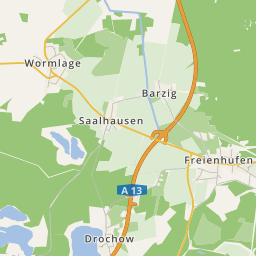











Over a dozen Slavic tribes came through migration already in the 6th/7th century to the area east of the Elbe and Saale, which was more or less unoccupied. So the "Lusizer", took possession of the Niederlausitz, which gave the area its name. With the German east expansion in the space of 10th to 12th century, most tribes lost their national autonomy.
The reasons why and when the description Sorbs was taken over by the last two tribes is not known. The Sorbs withstand the German authority; extended their settlement by cultivating new land areas and developed a independent language, culture and scripture, which was probably the most important basis for their survival.
Today the sorbs and Wends are the few exceptions of national minorities that have established themselves in Germany. The Spreewald can be called the centre of lower-Sorbian living. Here the lower-Sorbian native language, the Sorbian religion and the Sorbian customs stayed deeply rooted. Diverse traditional folk festivals take place annually; they are colourful attractions for visitors from far and near. Parts of the many customs, which have their origin in Sorbian culture, have been absorbed by the German population.
Probably the most commonly known example is the Easter egg painting. But also the zampern, Vogelhochzeit, putting up a Maypole, rooster plucking as well as harvest festivals found a wide spreading at least in the Lausitz. The Sorbs found after the reunification apart from moral support also financial promotion. The state governments of Brandenburg and Saxony as well as the federal government affirmed the preservation of the Sorbian way of living and founded a "Stiftung für das sorbische Volk" (Beneficence for the Sorbian People).
The lower Sorbian language is most of all acutely endangered and it needs special care and attention to preserve it for future generations.